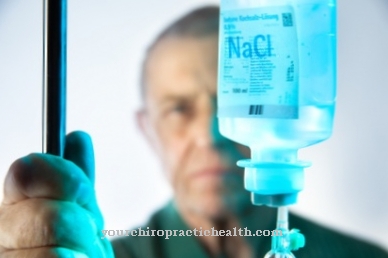The geriatrics is a complex and very lively area in the medical field. Holistic diagnoses and therapy concepts, adapted to the respective person, are created. But what is the term "geriatrics" and which specialist areas are covered?
What is geriatrics?

The term geriatrics is derived from the Greek and describes the Geriatric medicine or Geriatrics. It is the doctrine of the diseases of aging people. The age of a geriatric patient is over 70 years. An attempt is made to restore the patient's health and well-being through the diagnoses. Independence and mobility are also trained, as is mental vitality.
At an age of over 80 years, the geriatric patient is treated for age-related secondary diseases and for complications that may arise. The term is used in the areas of internal medicine, neurology, orthopedics and psychology. This branch of medicine mainly deals with normal to pathological, mental and physical processes.
Treatments & therapies
Geriatric medicine is a specialty medical discipline that deals with various diseases that occur in old age. Organ medical treatment will overlap and human quality of life will be preserved.
The list of diseases that can be associated with age is long. But not every illness that an old person has is an old age disease. Atherosclerosis, the term for hardening of the arteries with which heart attacks, strokes and arterial occlusive diseases (e.g. thrombosis) are associated, is one of the most common diseases. Of course, an unhealthy lifestyle also contributes to this.
Osteoarthritis, joint wear and tear caused by excessive stress, is manifested in pain during movement. Joint effusion and deformations are the consequences of this. Osteoporosis can also be a decisive factor in developing osteoarthritis. If the bone density is too low, the musculoskeletal system, in this case the human skeleton, collapses.
Geriatric treatments also range from diabetes mellitus, dementia, age-related depression to cancer and Parkinson's. As a result of getting older, so-called age syndromes appear, as the accumulation of individual symptoms that occur from the age of 60. In geriatrics, this includes the decline in intelligence as a result of dementia, the brain dysfunction with increasing impairment of our senses, instability with a high risk of falling, incontinence of the intestine and urinary bladder and the gradual breakdown of tissue fluid (desiccosis).
This combination makes it more difficult for older people to cope with the daily things of everyday life. At the first signs, it is necessary to conduct diagnostics and develop a therapy plan. If there is no early therapy in these stages, even the slightest aggravation in an end phase can mean decompensation (the patient's body can no longer compensate for a malfunction of an organ system). Early rehabilitation treatment is for patients who are not yet suitable for further rehabilitation measures. This is particularly common in patients with heart disease, after fractures, in chronic lung diseases and in patients who have had a cerebral hemorrhage.

The patient receives care from a doctor, a physiotherapist or occupational therapist, a speech therapist, social services and trained nursing staff. Psychological support is also available. In addition to drugs, ultrasound devices for heat treatment are also used to treat pain. The Galileo training system is used to prevent falls, but also to build muscle and treat osteoporosis. When administering medication, it should be noted that the risk of side effects and side effects is particularly high, since several medications must be taken at the same time during the day.
A team of scientists has compiled a list of drugs that lists the potentially dangerous drugs. The so-called “Priscus list” offers doctors and patients the opportunity to check their medication. Due to the extensive inpatient and outpatient options, geriatrics has a high priority in today's medical care.
You can find your medication here
➔ Medicines against memory disorders and forgetfulnessDiagnosis & examination methods
In order not to overlook any interactions due to damage to individual organ systems, the "geriatric assessment" was introduced. It guides the doctor step by step through the examination and is intended to make it easier to clarify unclear symptoms. There are different assessment sets that can be used either at home, in a day clinic, in a hospital or in a nursing home.
A person's strengths are cataloged, the need for assistance is weighed and, if necessary, a care plan for a targeted intervention is drawn up.
The examination begins with a screening: a questionnaire is used to search for symptoms in the area of vision and hearing, the mobility of arms and legs is analyzed, the diet is discussed, possible incontinence is recorded and the emotional state of the patient is recorded psychologically. If problem areas are already recognizable in the initial screening, a basic assessment follows.
The basic assessment is used to determine the Barthel index (evaluation method for everyday skills). A memory test according to Folstein (mini-mental status test), a depression test according to Yesavage, a mobility test according to Tinetti, a clock-mark test and a “Timed up and go test” are carried out. The “timed up and go test” tests the patient's mobility and the associated risk of falling. The clock mark test is mainly used to clarify a possibly existing dementia. The measurement of hand strength and a social questionnaire are part of the basic assessment.
A screening takes between five and ten minutes, whereas the basic assessment can take over an hour. The patient is generally interviewed by a doctor or trained non-medical staff. The patient is only allowed to fill out the depression questionnaire himself. After the results of the basic assessment, therapeutic consequences are discussed.



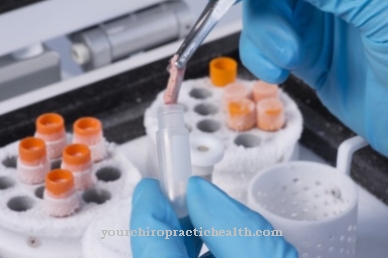




.jpg)
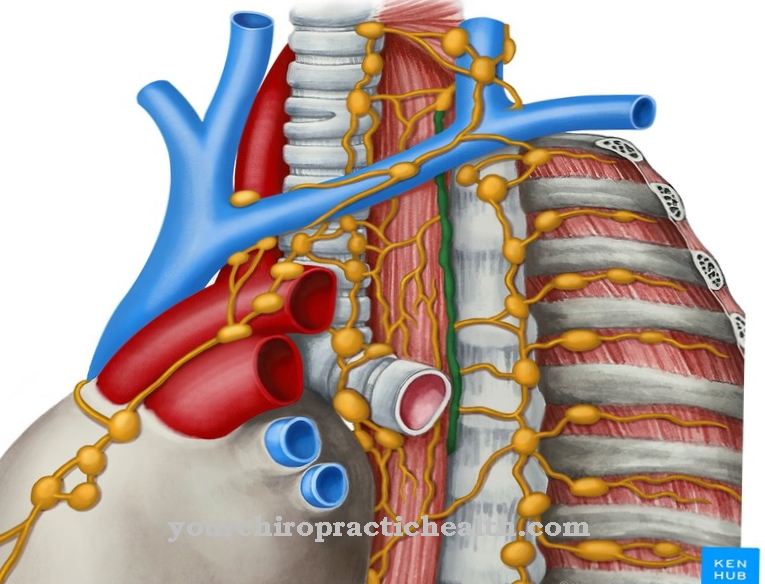
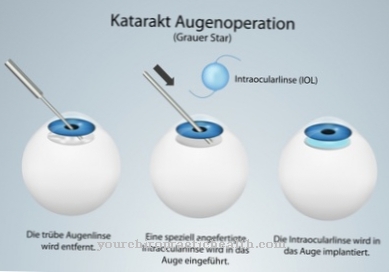
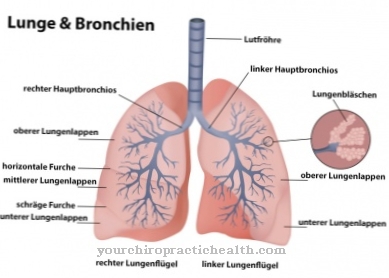
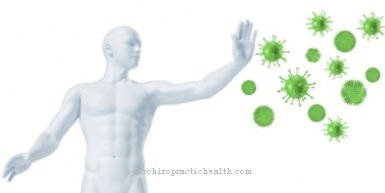
.jpg)

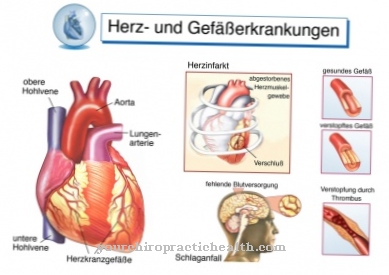
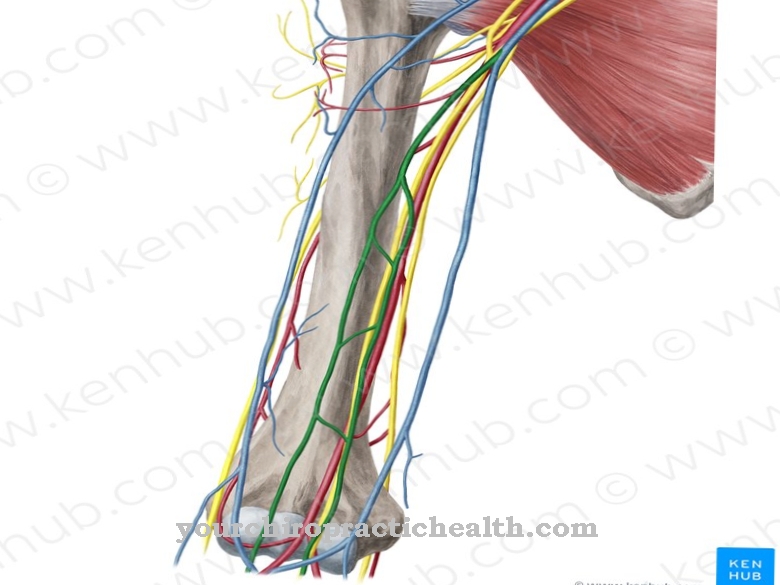


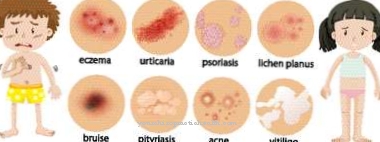


.jpg)

.jpg)



